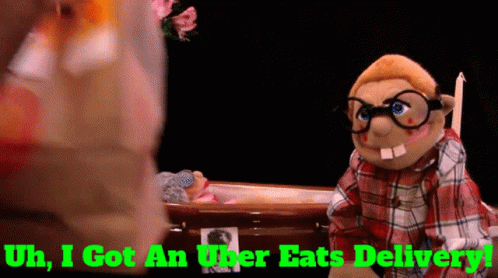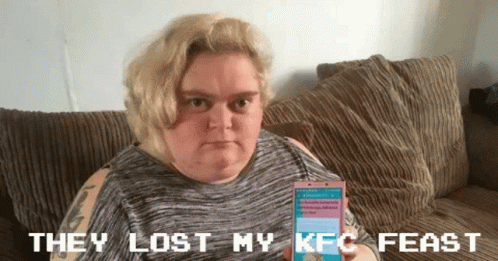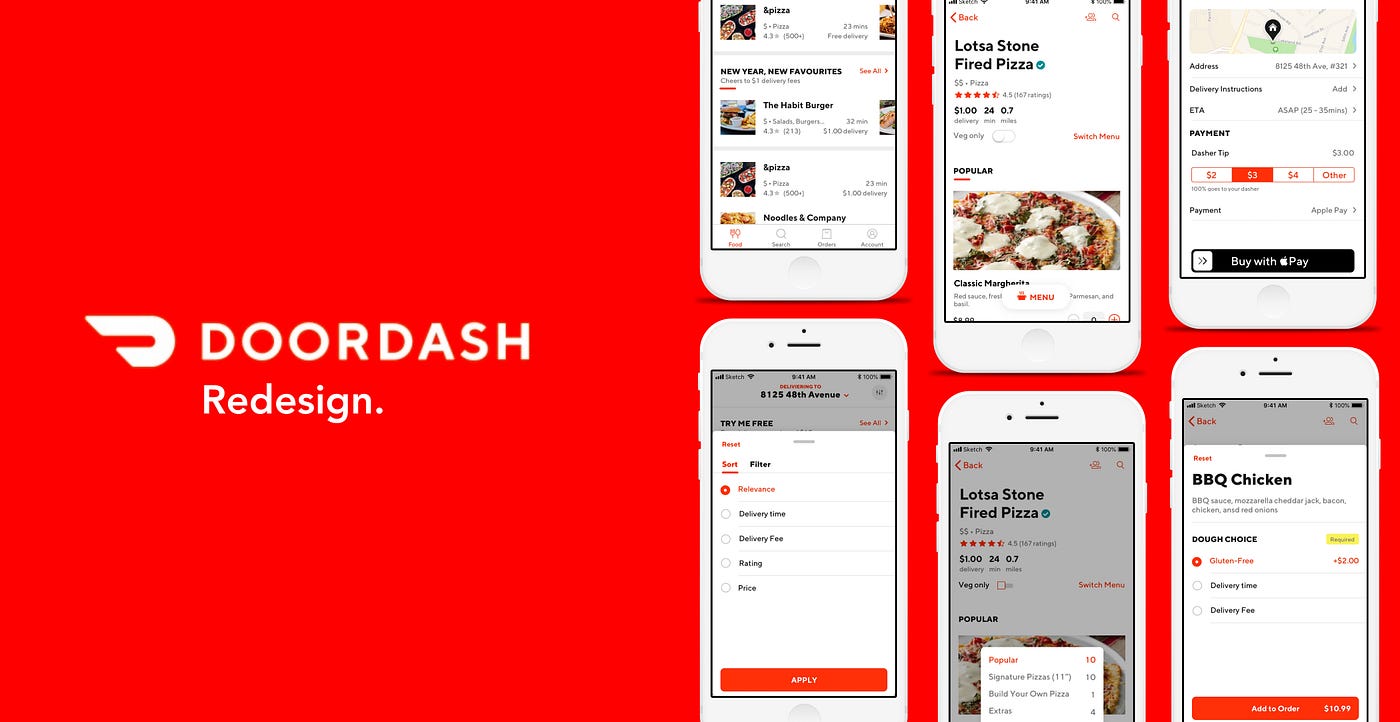Why Food Delivery Startups Are Going for Flutter App Development?
November 21, 2022
In this article, we’ve covered how Flutter is ideal for Food delivery startups.
Introduction
When delivering hot, fresh food to your doorstep, time is of the essence. No one wants to be left holding the bag, so to speak, when it comes to their grub. And that’s why more and more food delivery start-ups hire Flutter app developers for app development to get their food to customers faster, cheaper, and with a better user experience. In this blog post, we’ll be diving into the nitty-gritty of why food delivery start-ups are betting the farm on Flutter and what it means for the industry’s future. So, let’s get started!
Table of Content A Brief Overview Of The Food Delivery Industry Challenges Food Delivery Startups Faces & How Flutter Can Help Flutter: How does it work? Benefits of using Flutter for App Development Examples of food delivery start-ups that have used Flutter App Considerations for start-ups to keep in mind when using Flutter Wrapping lines
A Brief Overview Of The Food Delivery Industry

In recent years, we’ve seen a rapid rise in food delivery apps and services popping up on the market. From GrubHub to UberEats, DoorDash to Postmates, it seems like a new player is in the game every day. And let’s not forget the traditional players like Pizza Hut and Domino’s, who have also hopped on the food delivery bandwagon.
According to Statista,
- By 2027, there will be 2,644.2 million users in the Meal Delivery segment.
- By 2023, the online food delivery market is expected to generate $9.1 trillion in revenue.
- By 2027, the market is projected to generate US$1.45 trillion in revenues (CAGR 2023-2027).

But what’s driving this surge in popularity? Well, for starters, ordering food from the comfort of your home has never been easier. With just a few taps on your phone, you can have a hot meal delivered straight to your doorstep. And contactless delivery and takeout options have become more important than ever.
But it’s not just convenience that’s driving this trend. Food delivery start-ups and cloud kitchens are benefiting from mobile apps. They also use cutting-edge technology to improve the overall customer experience. From personalized recommendations to real-time tracking, these apps use data and analytics to give customers exactly what they want when they want it.
But as the market becomes increasingly crowded, it’s becoming increasingly important for start-ups to find ways to stand out from the pack. And that’s where Flutter app development comes in.
Challenges Food Delivery Startups Faces & How Flutter Can Help
As with any industry, the food delivery business has its fair share of challenges. From the rising cost of food and labor to the cutthroat competition, it’s not always easy to keep up with the Joneses. And with the ongoing pandemic, the stakes are higher than ever.
One of the biggest challenges facing food delivery start-ups is mobile app development cost. Building a top-notch app that can handle everything from ordering to delivery can be a pricey endeavor. But that’s where Flutter comes in. As a cross-platform development framework, it allows developers to create apps that run seamlessly on both iOS and Android devices with a single codebase. This means that start-ups can save time and money on development while delivering a top-quality app to customers.
Another challenge that food delivery start-ups face is the need to stand out in a crowded market. With so many options available, it can be hard to differentiate your app from the competition. But with Flutter, start-ups can create unique and engaging user experiences that will make them stand out. The framework’s rich set of customizable widgets and ability to build custom designs enables developers to create apps that are both visually appealing and easy to use.

Also, there is a scalability issue. As the number of customers grows, so too does the need to handle more orders and deliveries. Flutter’s ability to handle high-performance apps and large amounts of data makes it a great option for start-ups looking to scale their operations.
In short, while the food delivery industry may have its fair share of challenges, Flutter and other cross-platform technologies offer start-ups a way to overcome them while still delivering a top-notch customer experience. So, while the road ahead may be bumpy, food delivery start-ups can rise to the occasion with the right tools.
When building apps for the food delivery industry, Flutter is the icing on the cake. But before we dive into the sweet benefits it offers, let’s first look at what exactly Flutter is and how it works.
Flutter: How does it work?
Flutter is a free and open-source mobile app development framework created by Google. It uses the Dart programming language and allows for the creation of high-performance, visually attractive apps for both iOS and Android devices using a single codebase.
One of the unique features of Flutter is its use of widgets. These are pre-designed elements that developers can use to build their app’s user interface. They can also customize these widgets to create a unique look and feel for their app. Additionally, Flutter offers a rich set of pre-designed animations and motion widgets, which enables developers to create visually engaging and dynamic apps.
Benefits of using Flutter for App Development
Faster Development Time
One of the biggest advantages of using Flutter is its faster development time. With a single codebase, developers can create apps that run seamlessly on iOS and Android devices, saving a lot of time and effort. This means that food delivery start-ups can get their app to market faster, giving them a competitive edge.
Lower Development Costs
Because of faster development time, using Flutter also leads to lower app development costs. A single codebase reduces the need for separate development teams for iOS and Android, which ultimately saves your time for coordinating them.
Customizable UI
With Flutter, developers can create unique and engaging user interfaces that stand out in a crowded market. This can be an important factor for food delivery start-ups looking to differentiate themselves from other apps in the market.
Easy integration with 3rd Party APIs
Flutter also has a rich library collection, enabling easy integration with third-party APIs. For example, food delivery start-ups can easily integrate with payment gateways and real-time tracking systems, which can be crucial for a smooth ordering and delivery process.
Scalability
Flutter’s ability to handle high-performance apps and large amounts of data makes it a great option for start-ups looking to scale their operations. As the number of customers grows, the app can seamlessly handle the increased load.
Flutter is the cherry on top in app development, taking the best of both worlds from native and cross-platform development. Using it is a breeze; its foundation lies in widgets that act as building blocks for your app. It boasts a more organized code architecture than React Native and offers a more accurate outcome prediction.
Additional advantages:
- One of its standout features is Hot Reload – it allows you to experiment, construct UIs, incorporate features, and debug easily, ultimately accelerating the development process.
- Flutter pairs perfectly with Firebase, both being Google products; it enables the use of Firebase for the backend. Its animation capabilities are noteworthy; it has ready-to-use widgets to implement animations.
The framework allows for pixel-perfect apps as the Dart engine renders each pixel on the screen, giving you greater control over the outcome.
Examples of food delivery start-ups that have used Flutter App
Development
Several food delivery start-ups have adopted Flutter to develop their apps. Some examples include:
Doordash

Doordash, one of the leading food delivery start-ups, used Flutter to develop its app. The company created a visually attractive and user-friendly app that runs seamlessly on iOS and Android devices.
JustEat
JustEat, a popular food delivery service in Europe, also used Flutter to develop their app.
Deliveroo

Deliveroo, another leading food delivery start-up, also used Flutter to develop their app. They created a visually engaging app that can handle large amounts of data and offers a great user experience.
Glovo

Glovo, a Spain-based food delivery service, also used Flutter to develop their app.
Postmates

Postmates, an American food delivery service, also used Flutter to develop their app.
Considerations for start-ups to keep in mind when using Flutter
Community Support
Flutter is an open-source framework with a growing community of developers. Start-ups should remember that the framework is relatively new, and the community is not as large as other frameworks like React Native. This can make it harder to find solutions to problems that may arise.
Development Skills
Start-ups should hire flutter developers with experience in Dart, the programming language that Flutter uses. This is important to ensure that the app is developed correctly and to take full advantage of the framework’s features.
Third-Party Libraries
Flutter has a rich collection of libraries, but it may not have all the features that start-ups need. In some scenarios, you may need to use third-party libraries to add certain features to your app.
App Size
As the framework uses its widgets, it may lead to an increased app size. You should keep this in mind when developing your app and optimize its size as much as possible.
In conclusion, using Flutter to develop food delivery apps can be a great choice for start-ups, but they should keep the above considerations in mind to ensure that their app is successful.
Wrapping lines
The food delivery industry is expected to continue growing, with more and more start-ups entering the market. With this growth, we can expect to see more innovation and technology being used to improve the customer experience. Flutter is well-positioned to play a role in this growth. It offers start-ups a way to create high-performance, visually attractive apps that handle large amounts of data. Contact us if you also want to give your start-up the kick that it needs!
Recent Post
Recommended Blogs
Let’s Discuss your Ideas.
Contact usJoin our Team
Go to CareerOur Offices
INDIA
B 401-402, Shilp Corporate Park, Rajpath Rangoli Rd, Thaltej, Ahmedabad, Gujarat 380054
CANADA
1932 50 Ave SW,Calgary, AB T2T 2W2, Canada
Hire a Team
NextJS DeveloperVueJS DeveloperAngularJS DeveloperReactJS DeveloperNodeJS DeveloperKotlin DeveloperPython DeveloperMEAN Stack DeveloperRuby on Rails DeveloperFlutter Developer© 2025 ultroNeous. All Rights Reserved.